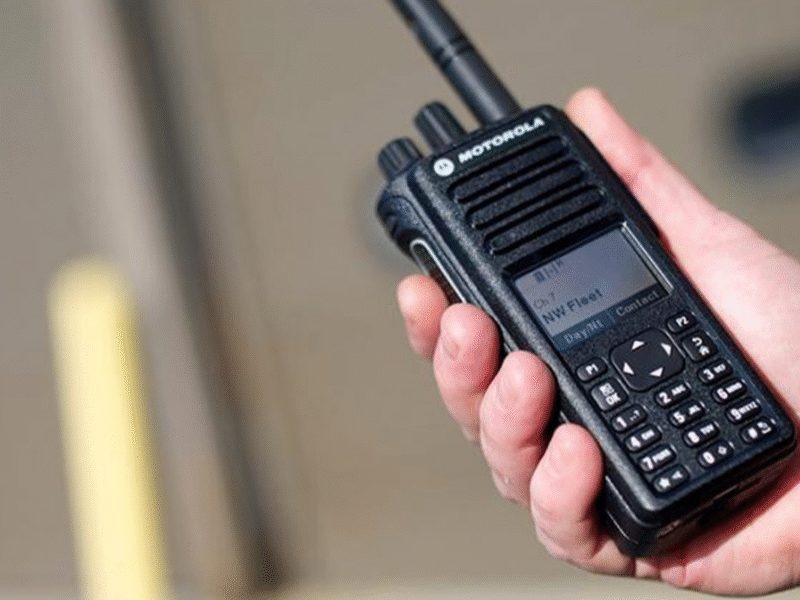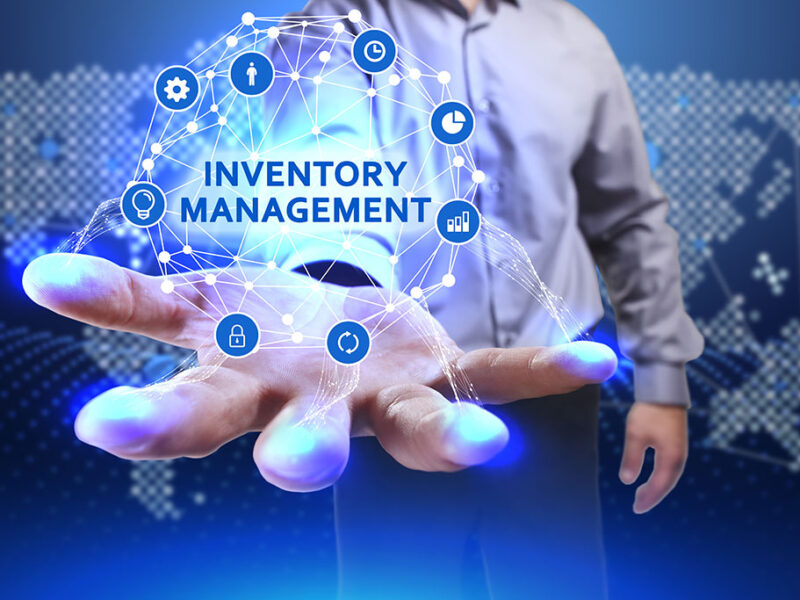In today’s fast-paced retail and service industries, small businesses must keep up with evolving customer expectations—especially when it comes to payment options. Whether you’re running a café, boutique, mobile service, or pop-up shop, selecting the right credit card payment terminal is a pivotal decision that can directly impact customer satisfaction, security, and business efficiency.
As the digital economy continues to expand, cash-only policies are becoming obsolete. Shoppers expect seamless and secure payment experiences, and that begins with the right tools. This blog serves as a detailed guide to help small business owners understand what to look for when choosing a credit card payment terminal that aligns with their operational needs and long-term goals.
Why Payment Terminals Matter for Small Businesses
A credit card payment terminal is not just a device—it’s a vital component of your revenue stream. Beyond simply accepting payments, the right terminal offers features that support inventory tracking, sales reporting, customer loyalty integration, and more.
Small businesses, unlike large enterprises, typically operate on tighter margins. Choosing a terminal that offers value, reliability, and scalability ensures you’re making a sound investment that supports growth without unnecessary expense.
1. Understand the Types of Payment Terminals
There are several types of card payment terminals available today, each designed to meet specific business needs:
- Countertop terminals: Perfect for fixed locations like retail stores and restaurants, these plug directly into your phone or internet line.
- Mobile terminals: Great for food trucks, delivery services, or pop-up shops. These use Wi-Fi or mobile networks to process payments on the go.
- Integrated POS systems: Ideal for businesses that need inventory management and customer data tools combined with payment processing.
- Contactless/NFC terminals: With tap-to-pay options, these terminals offer enhanced speed and hygiene—both crucial in post-pandemic commerce.
Choosing the right category depends on your business model, volume of transactions, and whether you need portability or more robust features.
2. Look for Security and Compliance
In an age of increasing cyber threats and fraud, payment security is non-negotiable. Always choose a terminal that complies with the latest PCI DSS (Payment Card Industry Data Security Standard) requirements. This ensures encrypted data transmission and secure storage.
Many modern terminals also come with EMV chip support and end-to-end encryption, offering additional layers of protection. If you’re in the U.S. or Europe, not supporting chip cards could leave you liable for fraudulent transactions.
Moreover, ensure that your terminal includes a credit card terminal pin pad, which allows secure PIN entry—especially important for chip-and-PIN transactions that offer higher security and reduce chargebacks.
3. Consider the Cost Breakdown
The cost of a credit card payment terminal includes more than just the upfront price of the hardware. There are several ongoing costs to evaluate:
- Transaction fees (percentage of each sale)
- Monthly service fees
- Setup and activation costs
- Maintenance or replacement fees
Some providers bundle these fees into a subscription or rental package, which may be cost-effective for small businesses not ready for a large upfront investment. Others offer pay-as-you-go models with higher per-transaction rates but no monthly fees—ideal for businesses with inconsistent sales volume.
Compare providers carefully to understand which model aligns best with your budget and transaction frequency.
4. Evaluate Integration Capabilities
A modern business doesn’t operate in silos. Your payment terminal should integrate seamlessly with your other systems—point-of-sale software, accounting platforms, inventory management tools, and loyalty programs.
The more integrated your systems are, the more efficiently you can run your business. For instance, when your card payment terminal syncs with your POS system, you can automate inventory updates after each sale, reducing human error and saving time.
5. Ensure Compatibility with Multiple Payment Methods
Consumers today use more than just magnetic stripe credit cards. Your terminal should support a wide range of payment options:
- Chip cards (EMV)
- Contactless cards (NFC)
- Mobile wallets (Apple Pay, Google Pay, Samsung Pay)
- Gift cards
- Digital wallets and QR code payments
The broader your payment method acceptance, the easier it becomes to serve diverse customers without friction. A comprehensive credit card readers system ensures no customer walks away due to lack of payment options.
6. Review Customer Support and Service Reliability
Even the most advanced terminals can run into technical issues. Ensure that your provider offers responsive customer service, ideally with 24/7 support. Check user reviews and testimonials to evaluate the quality of their service.
Reliability is particularly crucial during busy hours. Downtime can result in lost sales and damage to your brand’s reputation. Choose a provider known for uptime and swift issue resolution.
7. Scalability for Future Growth
While your business might be small today, choosing a terminal that can grow with you is essential. Look for solutions that allow you to:
- Add multiple terminals or locations
- Access advanced analytics
- Upgrade hardware or software without replacing the whole system
Some providers even offer cloud-based dashboards to monitor multiple terminals and generate consolidated reports, helping you make data-driven decisions.
8. Consider Aesthetic and User Experience
Never underestimate the power of a sleek and intuitive design. A compact, well-designed terminal not only saves counter space but also improves the checkout experience. An intuitive interface also reduces the training time for new staff.
Look for terminals with touch screens, backlit PIN pads, and clear displays. These features ensure faster transactions and minimize customer errors.
Conclusion
Selecting the ideal credit card payment terminal for your small business involves more than picking the most affordable or popular option. It requires a thoughtful evaluation of your business needs, customer expectations, and long-term growth strategy. From security features and cost structures to integration and ease of use, every factor plays a role in ensuring your payment system enhances—rather than hinders—your operations. By prioritizing essential elements like compatibility with credit card terminal pin pad, reliable card payment terminal performance, and comprehensive credit card readers options, you empower your business with the tools to thrive in a competitive marketplace. Whether you’re just starting out or expanding your footprint, the right credit card payment terminal can be a game-changer for efficiency, customer satisfaction, and financial success.


